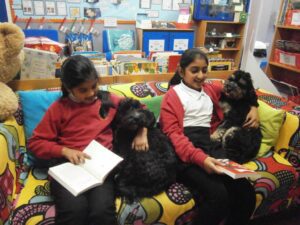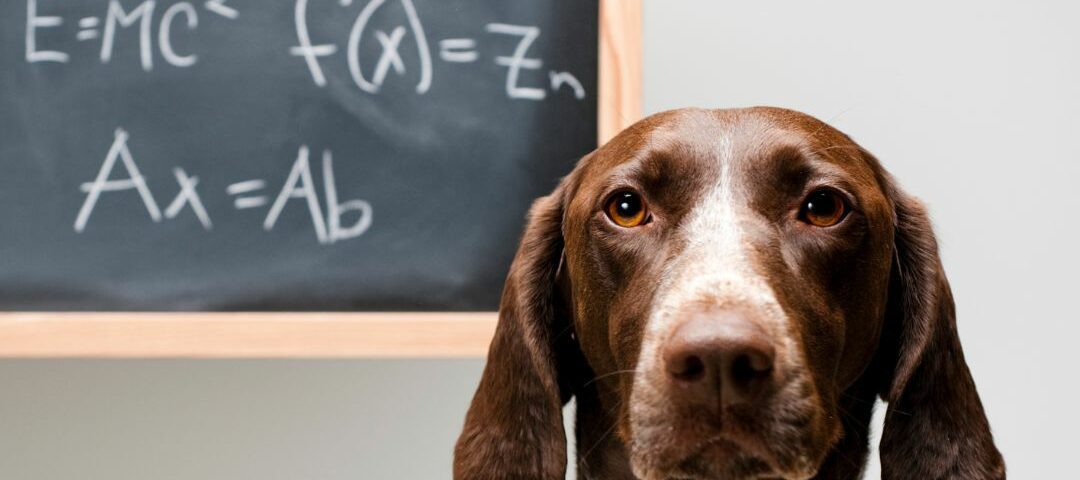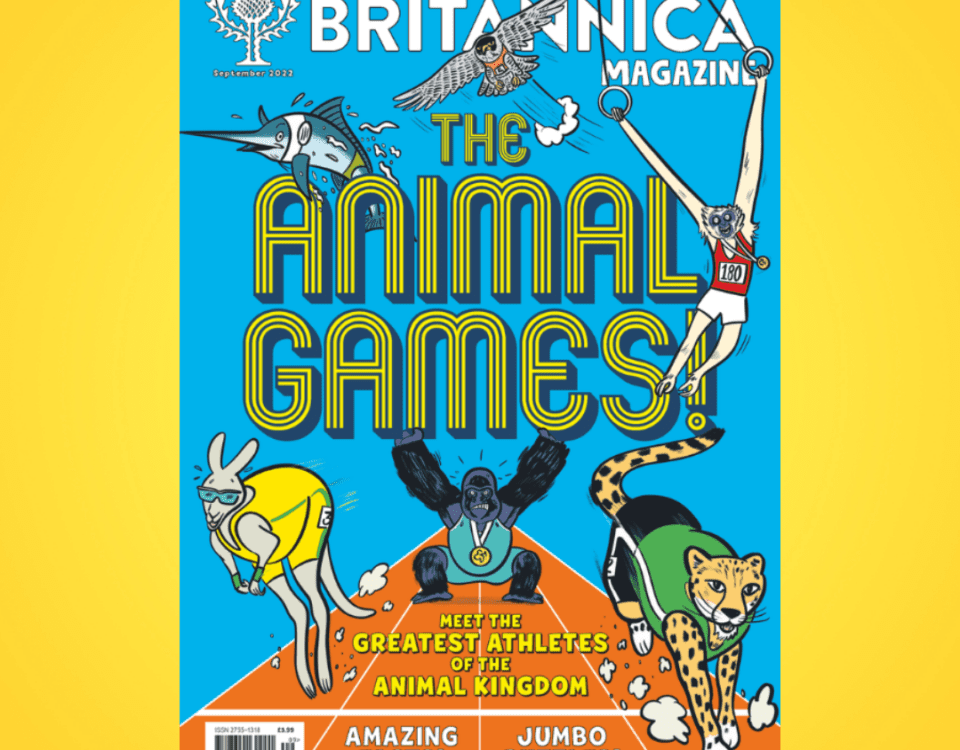


Mary Jane Seacole
9th March 2022


Unique Interviews William Johnson – Torro Co Founder
24th March 2022We spoke to Ms. West, the deputy headteacher from Wingrove Primary School – a school that has lots of different animals on site that the children can see and help look after.
What animals do you have in the school?
We have three dogs in school- Winnie, Tipsy, and Chance. They are all Cockapoos. We also have a tortoise and two snakes.
How do you use animals at school?
The dogs are used in several ways. They are on a rota to be in KS2 classes all day, they come to assemblies and trips (where possible), and they join EYFS and KS1 lessons, where appropriate especially forest school.
Within each class, there is a ‘Dog Squad’. This is a group of children who are responsible for looking after the dog during the day: taking them for walks, training them, and clearing up their poo! The children who want to be part of the dog squad, have to apply for the job using an application form, submit a letter of application, and have to go through an interview process. The dog squad receives constant training from our Pupil and Family Support Officer.
Other children are allowed time with the dogs, which is earned via hard work, and kind deeds or it could be because the child needs emotional support for whatever reason.
The dogs are also taken to the local care home with groups of children Here, residents read with the children and have time with the dogs.
The snakes (Poppy and Tutti Fruity) are kept in the ‘Animal Corridor’ and the tortoise is kept in EYFS unit. The staff takes a group of children to hold and watch them feed whenever appropriate.
Who looks after the animals and takes them home?
The dogs are taken home by our Pupil and Family Support Officer, and the tortoise and snakes are taken home by one of the teachers.
As for looking after and cleaning up after the animals, it is the responsibility of the whole school community including the caretaker, who has a real love for the snake! Obviously, during the day, the Dog Squad does most of the care for the dogs. The other animals are looked after and cleaned by the children, under the supervision of the staff.
How do the animals help teach the children?
Animals offer the potential for a very positive experience for children to learn about taking care and showing responsibility for animals as well as developing an understanding of the importance of the humane treatment of living creatures. Children can benefit educationally and emotionally, increase their understanding of responsibility, and develop empathy and nurturing skills through contact with a dog. In addition to these benefits, children take great enjoyment from interaction with a dog.
Understanding life cycles and caring for living things is part of the Science and SMSC (spiritual, moral, social, and cultural values) National Curriculum so having first-hand experience is invaluable.
They also help with bullying, attendance, positive behaviour, social development, as a reward, and even reading. Children who might be embarrassed to read aloud to the class or even adults are likely to be less scared to read to a dog. Dogs are incredibly calm and happy to have a student read to them or join a group of children in the library whilst they are having a book reading session.
Should all schools use animals?
We really believe all schools should use animals however, schools must do plenty of research to make sure they can give them all the care they need.
Do they ever cause mischief?
One of our dogs, Tipsy, loves her food and can jump incredibly high, which is not a great combination. Many staff members have lost their packed lunches due to Tipsy’s love of food and ability to reach it no matter where the staff tries to hide it.
Is it difficult teaching when there are animals around?
It isn’t difficult to teach when the animals are around. From the very beginning, the dogs were ‘trained’ well so there have been no disruptions at all.


Do schools need more links to nature with animal and plant life?
Our planet is at a crucial point in its history. We at Wingrove believe it is important to put environmental education at the heart of our curriculum because it helps to foster caring, responsible attitudes and inspires young people to take action to live more sustainably. It can also develop their sense of identity and pride in their local environment and community.
What new things do you think the school could try in the future?
Our school is looking to develop our environmental curriculum in particular through Global Goals Education. We have tried to promote the use of animals in schools across our authority schools and already half a dozen schools in the area have bought dogs to use in their establishments.




